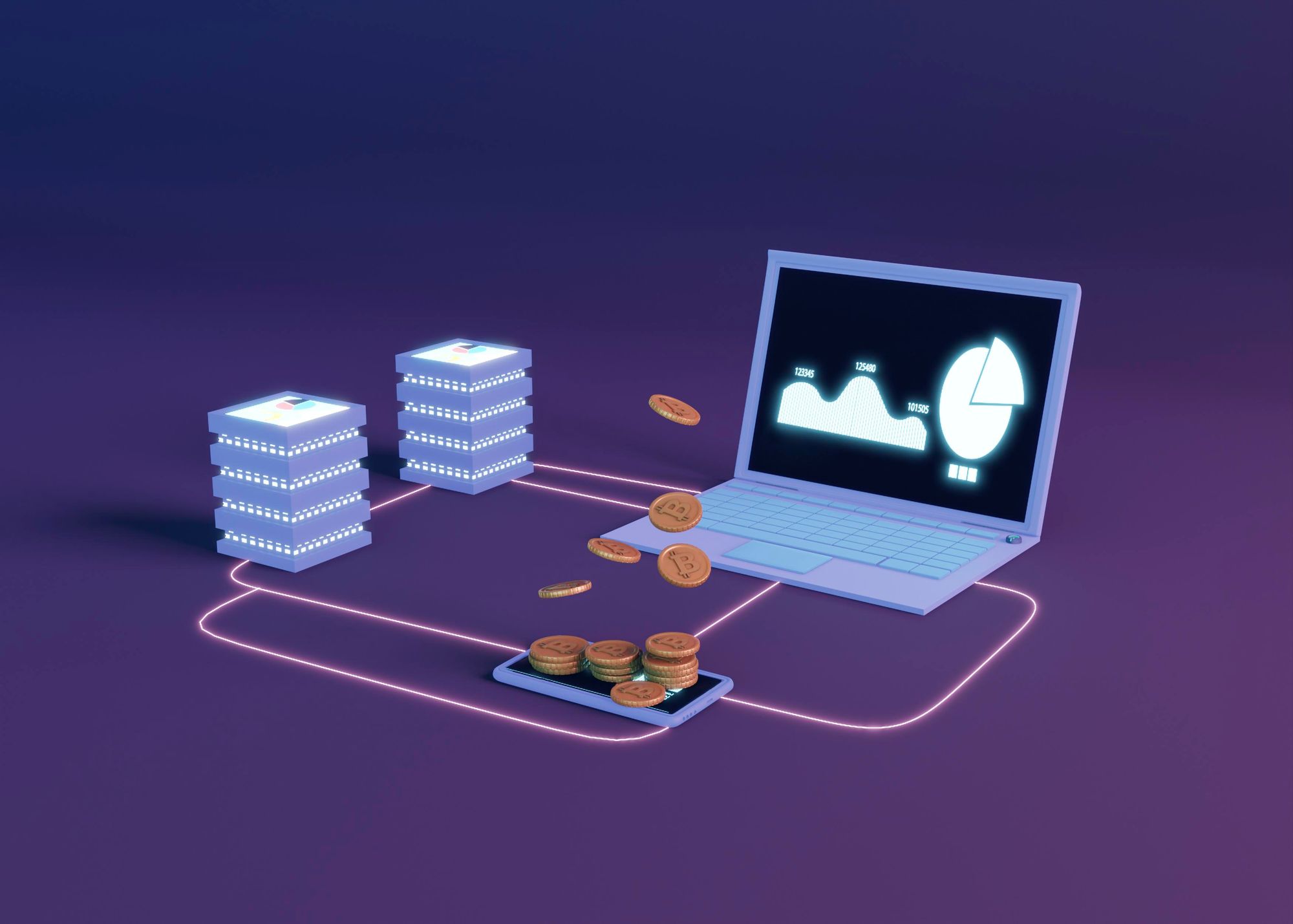Automated Market Maker (AMM) vs. Orderbook Trading
Unlike Order books, where a buyer/seller waits for the system to match it with a counter order, AMM processes all transactions automatically via smart contracts; hence, transactions on decentralized exchanges do not wait for a counter buy/sell request to match an order with

Cryptocurrency trading is typically done via exchanges – A Centralized Exchange (CEX) or a Decentralized Exchange (DEX). CEXs initially made it easy to carry out transactions; however, due to the prominent disadvantages of centralized systems, Decentralized Exchanges (DEXs) provided an alternative to allow more privacy and security when trading cryptocurrencies.
The transaction mode on CEXs differs from DEXs; Centralized Exchanges use an order book to instantly match buyers and sellers for immediate delivery of trades. Conversely, DEXs employ the “Automated Market Maker” model, which determines asset prices based on an algorithm, facilitating trades via a permissionless method with no intermediaries via liquidity pools.
Before we dive deep into the differences between an order book and an Automated Market Maker, let us first understand what a market maker is.
What Is A Market Maker?
Simply put, a market maker facilitates liquidity provision for trading pairs on exchanges. In a Centralized Exchange, the order book is a virtual intermediary that matches buyers and sellers. For example, when Trader A wants to Buy Bitcoin at $19,000, the order book will ensure to find a Trader B who is willing to sell Bitcoin at Trader A’s preferred rate of $19,000. This is made possible by limit orders, where buyers and sellers set preferred prices at which they want to buy or sell assets; once the asset hits the set price, the order book immediately executes the trade. Hence, in this case, the CEX brokers the deal between buyer and seller to achieve equilibrium.
However, you may wonder what happens when buy orders outweigh sell orders on the exchange, leading to low liquidity (how easily an asset can be sold or bought). Low liquidity causes high spreads; for example, with regular liquidity, the instantaneous selling Price of Bitcoin may be $19,000, and the instantaneous buying price may be $19,050, making it easy to match buyers and sellers. However, in an illiquid market, there could be a sell order for $19,000, and the closest buy limit is far off at $18,000; hence, this high spread makes it impossible for the exchange to broker the deal. Hence, to counter this eventuality and facilitate fluid trading, CEXs rely on financial institutions and professional traders to provide liquidity for trading pairs; this epitomizes the centralization of the order book model.
Conversely, Decentralized Exchanges (DEXs) facilitate permissionless and decentralized trading via Automated Market Makers (AMM). Unlike Order books, where a buyer/seller waits for the system to match it with a counter order, AMM processes all transactions automatically via smart contracts; hence, transactions on decentralized exchanges do not wait for a counter buy/sell request to match an order with.
Unlike Order books that rely on financial institutions and pro traders, AMMs use Liquidity pools, where anybody can provide liquidity and get a portion of the total trading fees in proportion to how much liquidity they have provided. Hence, if you provide 5% liquidity, you will earn 5% of the profits in the pool. For example, in a BTC/USDT trading pair, liquidity providers will be required to provide BTC and USDT in a 50/50 ratio; hence, when a trade is initiated, say a sell trade, the AMM’s smart contract will automatically exchange the seller’s BTC for some USDT in the existing BTC/USDT pool.
Unlike CEXs, DEXs cannot automatically balance the exchange rates of tokens; hence, varying prices allow arbitrageurs to take advantage of price differences to make profits; an arbitrage trader can buy cheaper on one exchange and sell for a higher price on another exchange. They do this continually until the prices become balanced across all exchanges; this leads to impermanent losses.
Pros and Cons of The Order Book Model
Pros
- Because Centralized Exchanges get liquidity from large financial institutions, Order books make it easy to trade without encountering high spreads.
- Since spreads are low and liquidity is high, trades are executed speedily
Cons
- An individual cannot purchase an asset in a trading pair if their highest bid doesn’t match the lowest price a counterparty is willing to sell for.
Pros and Cons of The “Automated Market Maker” Model
Pros
- AMMs help to provide liquidity for several unpopular trading pairs that may not be available on CEXs; as long as willing liquidity providers exist.
- AMMs make it possible for traders to get a price quote regardless of whether there are counter buy/sell orders or not.
Cons
- Individuals providing liquidity in AMMs do not have the investment strength of Financial institutions; hence, if a series of huge trades are carried out at once in a DEX, especially for less traded assets, the market may become illiquid, causing high slippages.
- Can’t complete very expensive trades, unlike order books
- The risk of impermanent losses
Final Takeaway
Both Order books and AMMs have their merits and drawbacks, as highlighted above; hence, from a perspective of decentralized technology, Automated Market Makers (AMMs) stand tall, with top DEXs like Uniswap carrying out high volumes of trades without liquidity issues. However, considering ease of use, order books make it easy for users to execute high-volume trades; for example, Binance records about 20 times more volume than Uniswap.
For more beginner tips, as well as detailed guides on cryptocurrency and blockchain technology, do well to visit the Cwallet blog (previously CCTIP blog) and follow our social media communities: